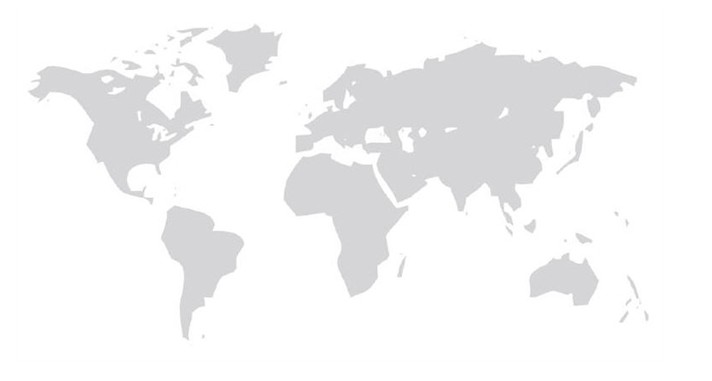France proposed that the use of Lead and its compounds in jewellery and the use of Dimethylfumarate in consumer articles should be restricted. ECHA invites interested parties to comment on the restriction reports prepared by France by 21 September 2010.
Lead in jewellery
Children may be exposed to lead when they suck or ingest jewellery. In general, the adverse health effects of lead are severe. Children are more vulnerable than adults to the effects lead can have on the central nervous system. In order to protect children from exposure to lead, France proposed that the use of lead and its compounds in the production of jewellery and the placing of such articles on the EU market should be restricted.
Dimethylfumarate in articles
Dimethylfumarate (DMFu) is used as an anti-moulding agent to protect articles during storage and transport. Consumer articles containing DMFu (e.g. furniture, clothing and shoes) can cause severe skin problems (dermatitis). Currently, there is a temporary ban that requires EU Member States to ensure that articles containing DMFu are not placed on the market. France proposed a restriction under the REACH Regulation to make this temporary ban permanent.
Comments to ECHA preferably by 21 September 2010
ECHA encourages stakeholders to comment on the reports and proposed restrictions by 21 September 2010 to enable the Risk Assessment Committee (RAC) and the Socio-economic Assessment Committee (SEAC) to take the comments fully into account in their draft opinion on the two proposals. However, comments can be submitted until 21 December 2010.
The final opinions of the committees on the proposed restrictions are scheduled for June 2011. The European Commission will subsequently decide whether and when the restrictions will enter into force in the EU.
The restriction reports contain the background and justifications for the proposed restrictions. They include the identified risks, information on alternatives, the effectiveness of the restriction in reducing the risks and the costs of the restriction.
REACH CANDIDATE LIST OF SVHC GROWS TO 38 SUBSTANCES
On 18th June 2010, Member State Committee agreed unanimously on adding 8 substances on the Candidate List, which now contains 38 substances in total. All these eight substances are proposed because of their potentially serious effects on human health and environment and all of them are either carcinogenic, mutagenic or reprotoxic (CMR) substances. Companies who manufacture or import this substance on its own, in mixtures or in articles, need to check their potential obligations (including notification and/or providing information) that result from the listing.
More information of the eight substances are listed below:
| No. |
Substance name |
CAS number |
Potential uses |
Measured Equipment(s) |
| 1 |
Trichloroethylene |
79-01-6 |
Cleaning and degreasing of metal parts;Solvent in adhesives;Intermediate in the manufacture of chlorinated and fluorinated organic compounds |
Headspace-
GC/MS |
| 2 |
Boric acid |
10043-35-3
/ 11113-50-1 |
Uses include a multitude of applications, e,g, in biocides and preservatives, personal care products, food additives, glass, ceramics, rubber, fertilisers, flame retardants, paints, industrial fluids, brake fluids, soldering products, film developers. |
ICP-OES |
| 3 |
Disodium tetraborate, anhydrous |
1330-43-4
12179-04-3
1303-96-4 |
Uses include a multitude of applications, e;g; in glass and glass fibres, ceramics, detergents and cleaners, personal care products, industrial fluids, metallurgy, adhesives, flame retardants, biocides, fertilizers. |
ICP-OES |
| 4 |
Tetraboron disodium heptaoxide, hydrate |
12267-73-1 |
Uses include a multitude of applications, e.g. in glass and glass fibres, ceramics, detergents and cleaners, personal care products, industrial fluids, metallurgy, adhesives, flame retardants, biocides, fertilizers. |
ICP-OES |
| 5 |
Sodium chromate |
7775-11-3 |
Laboratory (analytical agent);Manufacture of other chromium compounds |
ICP-OES/
UV-vis |
| 6 |
Potassium chromate |
7789-00-6 |
Treatment and coating of metals;Manufacture of reagents and chemicals;Manufacture of textiles;Colouring agent in ceramics;
Tanning and dressing of leather;Manufacture of pigments/inks;Laboratory (analyticalreagent);Pyrotechnics |
ICP-OES/
UV-vis |
| 7 |
Ammonium dichromate
|
7789-09-5 |
Oxidising agent;Laboratory (analytical agent);Tanning of leather;Manufacture of textiles;Manufacture of photosensitive screens (cathode ray tubes);Metal treatment |
ICP-OES/
UV-vis |
| 8 |
Potassium dichromate |
7778-50-9 |
Chrome metal manufacturing;Treatment and coating of metals;Manufacture of reagents and chemicals;Laboratory (analytical and chemicals;Laboratory (analytical agent);Cleaning of laboratory glassware;Tanning of leather;Manufacture of textiles;Photolithography;Wood treatment;Corrosion inhibitor in cooling systems |
ICP-OES/
UV-vis |

|



